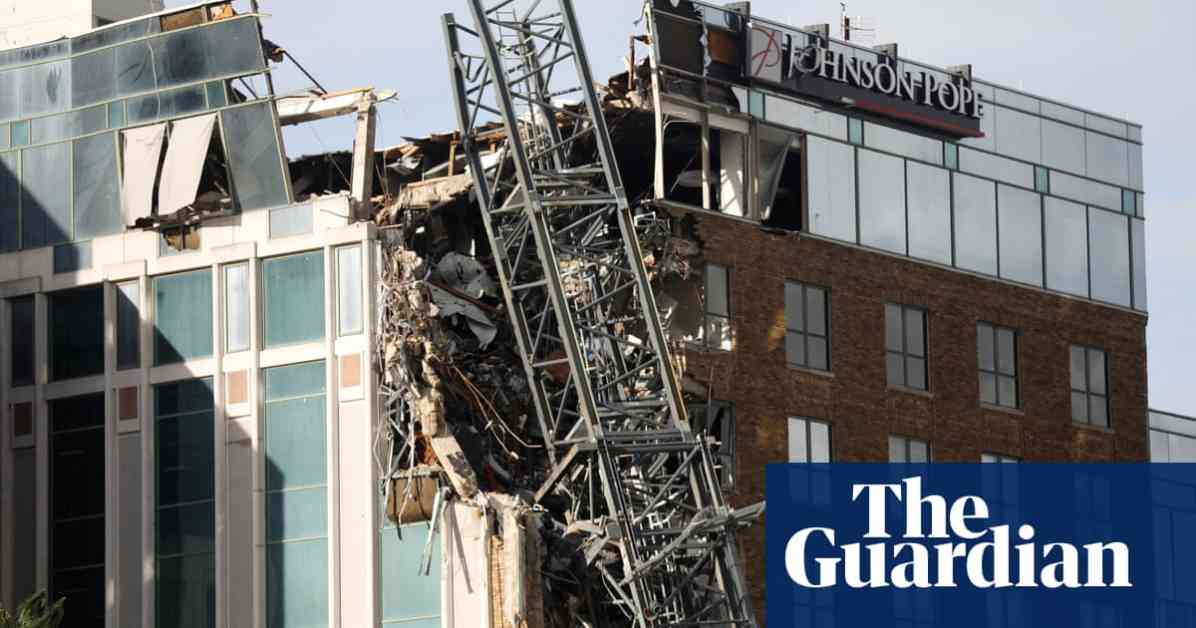Hurricane Milton wreaked havoc in Florida, leaving more than 3 million residents without power as officials begin to evaluate the aftermath of the devastating storm. With wind speeds reaching up to 120mph and storm surges as high as 10ft in parts of Sarasota and Fort Myers, the destruction caused by Milton is extensive.
The hurricane made landfall on Siesta Key south of St Petersburg before moving offshore near Cape Canaveral as a category 1 storm. The damage includes collapsed cranes, torn-off roofs, blocked streets, and destroyed buildings like the sheriff’s department facility. The National Hurricane Center reported that the storm may have caused losses up to $60 billion, with insurers bracing for the impact.
Tornadoes accompanying the hurricane led to at least four confirmed deaths in St Lucie County and the destruction of about 125 homes. The aftermath of Milton also poses a significant risk of flash and river flooding, with some areas receiving rainfall amounts equivalent to one-in-1,000-year events. The extent of the damage is yet to be fully assessed, but emergency crews are working tirelessly to rescue and assist those affected.
Inland areas like Plant City faced staggering flooding, prompting city officials to call for immediate assistance. Despite evacuation orders issued across 15 Florida counties, some residents chose to stay behind, including workers at Tampa’s zoo who ensured the safety of the animals during the storm.
As Florida embarks on a massive cleanup effort, major attractions like Walt Disney World and Universal Orlando remain closed. Governor Ron DeSantis announced that 9,000 national guard members and 50,000 utility workers are ready to assist in the recovery process. While fatalities are expected due to the impact of Hurricane Milton, the state is focused on providing aid and support to those in need during this challenging time.












